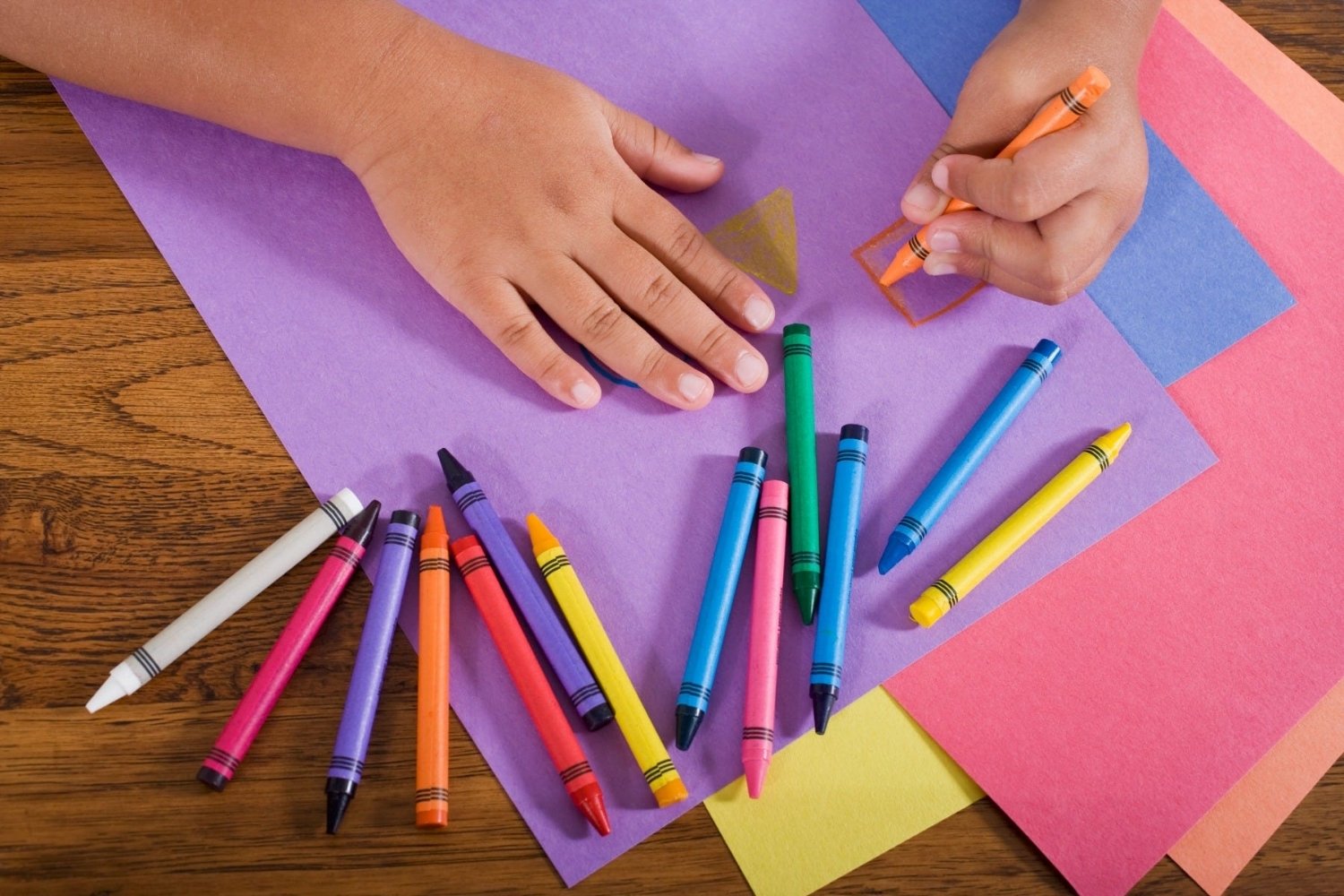
Crayons have colored our world for over a century, sparking creativity in children and artists alike. But did you know that the first box of Crayola crayons was sold for just a nickel? Crayons are more than just wax sticks; they hold a rich history and fascinating facts. From their humble beginnings to their role in art therapy, these colorful tools have a story to tell. Have you ever wondered how many crayons are produced each year or which color is the most popular? Crayons have even been to space! Get ready to dive into 26 amazing facts about these beloved art supplies.
The Origin of Crayons
Crayons have been a staple in art and education for generations. Here are some fascinating facts about their origins.
- Crayons date back to ancient Egypt. Egyptians used a form of wax-based paint to decorate tombs and temples.
- The word "crayon" comes from the French word "craie." "Craie" means chalk, and "crayon" means pencil.
- Crayola, the most famous crayon brand, was founded in 1885. Edwin Binney and C. Harold Smith started the company.
- The first box of Crayola crayons was sold in 1903. It contained eight colors and cost just a nickel.
Crayon Composition
Understanding what crayons are made of can be quite intriguing. Let's look at their composition.
- Crayons are primarily made of paraffin wax. This wax is melted and mixed with color pigments.
- Some crayons use beeswax instead of paraffin. Beeswax crayons are often marketed as a natural alternative.
- Pigments in crayons are what give them their color. These pigments can be natural or synthetic.
- Crayons also contain a small amount of hardening agents. These agents help the crayon maintain its shape.
Crayon Colors
The variety of crayon colors available today is astounding. Here are some interesting facts about crayon colors.
- The original Crayola box had only eight colors. These were black, brown, blue, red, purple, orange, yellow, and green.
- Crayola now offers 120 different colors. This includes shades like "Jazzberry Jam" and "Fuzzy Wuzzy Brown."
- The color "Dandelion" was retired in 2017. It was replaced by a new shade of blue called "Bluetiful."
- Crayola has a color called "Macaroni and Cheese." It was introduced in 1993.
Crayon Usage
Crayons are not just for kids. They have various uses that might surprise you.
- Artists use crayons for professional artwork. Some artists specialize in crayon art, creating stunning pieces.
- Crayons can be used to make candles. Melted crayons can be poured into molds to create colorful candles.
- Crayons are used in fabric art. They can be melted and applied to fabric for unique designs.
- Crayons can be used to fill in scratches on furniture. Simply rub the crayon over the scratch and buff it out.
Crayon Fun Facts
Here are some fun and quirky facts about crayons that you might not know.
- The largest crayon in the world weighs 1,500 pounds. It was made by Crayola and is blue.
- Crayola produces nearly 3 billion crayons each year. That's enough to circle the globe six times.
- The average child wears down 730 crayons by age 10. That's a lot of coloring!
- Crayons have a distinct smell. This smell is so recognizable that it is one of the 20 most recognizable scents to American adults.
Crayon Collecting
Believe it or not, crayon collecting is a popular hobby. Here are some facts about this unique pastime.
- There is a Crayola Crayon Collectors Club. Members share their collections and trade rare crayons.
- Some crayons are worth a lot of money. Rare and discontinued colors can fetch high prices among collectors.
- Crayola has produced limited edition crayons. These are often highly sought after by collectors.
- Crayon wrappers can be collectible too. Changes in design over the years make some wrappers rare.
Crayon Innovations
Crayons have come a long way since their inception. Here are some innovations in the world of crayons.
- Crayola has introduced washable crayons. These crayons are designed to wash off walls and other surfaces easily.
- There are now twistable crayons. These crayons don't need sharpening; you just twist the bottom to extend the crayon.
Crayons: More Than Just Coloring Tools
Crayons aren't just for kids. These colorful sticks have a rich history and surprising uses. From their invention in the early 20th century to their role in art therapy, crayons have left a mark on our culture. Did you know the smell of crayons is one of the most recognizable scents? Or that crayons have been to space? They’re not just for coloring books; artists use them for serious artwork, and teachers use them to help kids learn. Crayons can even be melted down to create new art forms. Next time you pick up a crayon, remember it’s more than just a simple tool. It’s a piece of history, a therapeutic aid, and a versatile medium for creativity. So, grab a crayon and let your imagination run wild!
Was this page helpful?
Our commitment to delivering trustworthy and engaging content is at the heart of what we do. Each fact on our site is contributed by real users like you, bringing a wealth of diverse insights and information. To ensure the highest standards of accuracy and reliability, our dedicated editors meticulously review each submission. This process guarantees that the facts we share are not only fascinating but also credible. Trust in our commitment to quality and authenticity as you explore and learn with us.
